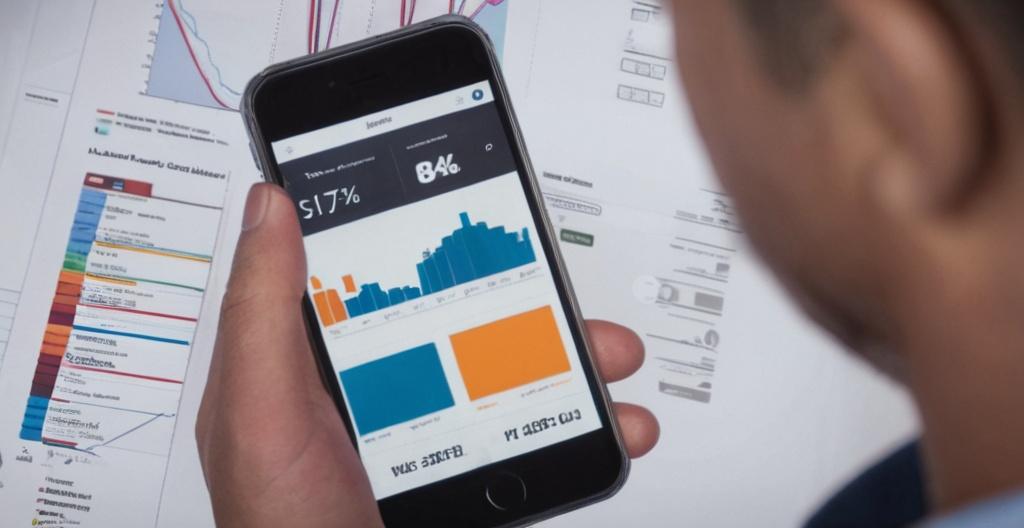Key Take Aways About Expense Categories You Should Monitor
- Monitoring trading expenses is crucial for maximizing profits and sustaining trading success.
- Common expenses include broker commissions, platform fees, exchange fees, data and research subscriptions, and account maintenance charges.
- Choosing the right broker and employing software for automated expense tracking can significantly reduce costs.
- Effective expense management provides flexibility, reduces pressure during market downturns, and ensures long-term trading benefits.
- Real-life example: A trader improved profitability by managing data feed expenses.

Monitoring Trading Expenses: A Necessary Practice
Keeping tabs on trading expenses is not just good for the bottom line; it’s a cornerstone of successful trading. Traders often pour over charts and indicators like they’re going out of style, yet many overlook the nitty-gritty of expense management. While it might not be as glamorous as scoring a big win on a hot stock, maintaining a sharp eye on expenses can be just as rewarding.
The Impact of Expenses on Trading Performance
Trading isn’t only about buying low and selling high. Every trade comes with its own set of costs, from broker commissions to data fees, and even those sneaky overnight financing charges. If left unchecked, these can gnaw away at profits faster than you can say, “Where’d my gains go?”
Consider this: if a trader makes $200 on a trade but spends $50 on associated costs, the profit margin shrinks considerably. That’s right; it’s not just about pocketing those big bucks but about keeping more of what you’ve earned.
Common Trading Expenses to Keep in Check
Some expenses are as essential as a trusty pair of trading slippers. Yet, understanding where your hard-earned cash is flowing is crucial. Here’s a quick tour:
- Broker Commissions: Fees paid to brokers for executing buy and sell orders. Some brokers offer zero commissions on trades, but the devil’s in the details.
- Platform Fees: Many trading platforms charge for premium features like advanced charting tools or real-time data feeds.
- Exchange Fees: Fees imposed by exchanges can vary widely. Whether trading futures, options, or just plain vanilla stocks, these fees are always lurking.
- Data and Research: Subscribing to real-time market data or specialized research reports can be invaluable, but they’re not always cheap.
- Account Maintenance: Some brokers have inactivity fees if you take a longer coffee break than expected from trading.
Skipping over these can turn a potential winning strategy into a financial sieve.
Picking a Broker That Suits Your Wallet
The broker you choose is like picking a dance partner at a wedding — you want one that can keep up without stepping on your toes. Online brokers have varying fee structures, and some might seem cheaper upfront but could hit you with other hidden fees. Doing your homework here could save a bundle.
Automation in Expense Tracking
In this modern age, where even your fridge can remind you to buy milk, using software to track trading expenses is a no-brainer. Numerous tools exist that can automate tracking and analyze where your money’s going. It’s like hiring a financial assistant without needing to share your favorite snack stash.
A Real-Life Trader’s Experience
Meet Jim, a part-time trader with a knack for penny stocks. This hobby turned side-hustle had profits that were shrinking faster than his New Year’s resolution. After a heart-to-heart with trading expenses, Jim found he was burning through his profits with stealthy data feed charges. By switching to a more cost-effective data provider, Jim’s bottom line saw improvement quicker than a squirrel up a tree.
Long-Term Benefits of Expense Management
Keeping a handle on trading expenses can give traders an edge, particularly during market downturns. Lower expenses mean more flexibility and less pressure to make high-risk trades to recoup losses. With a lean operation, traders can ride out the stormy market seas with more ease, akin to a seasoned surfer catching that perfect wave.
To sum it up, this isn’t just a bean-counting exercise — it’s about financial savvy, laying the groundwork for greater returns down the line. So, next time you pull up a trading chart, spare a moment for those expenses dancing in the background. They might not scream for attention, but they certainly know how to make their presence felt.